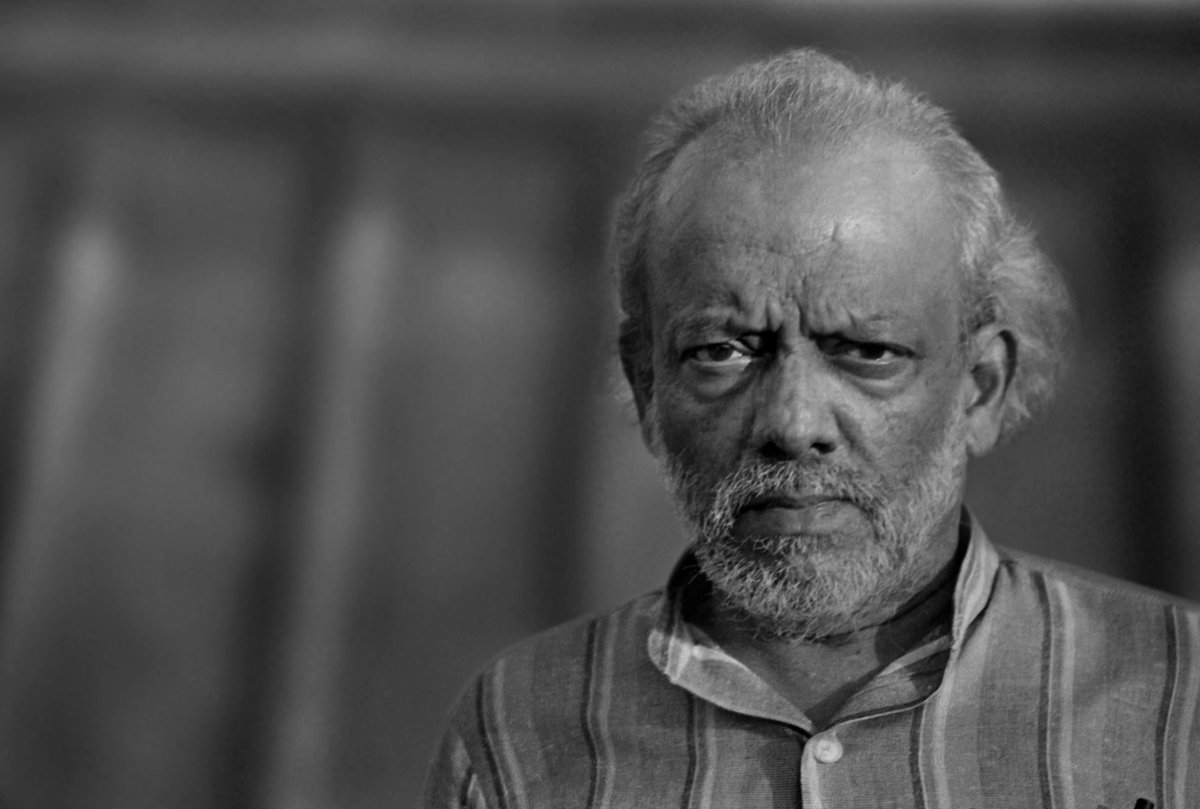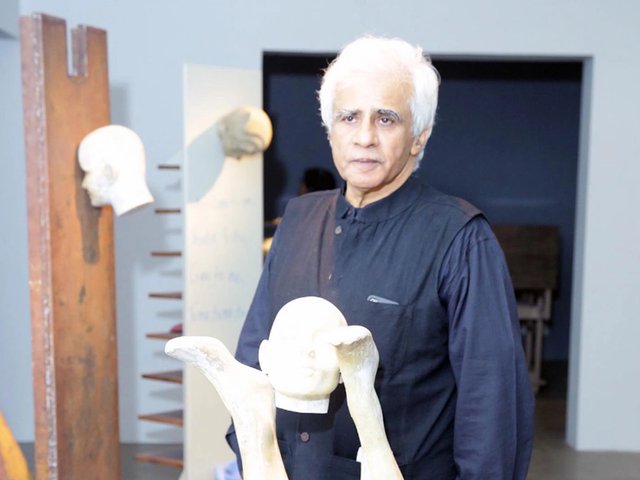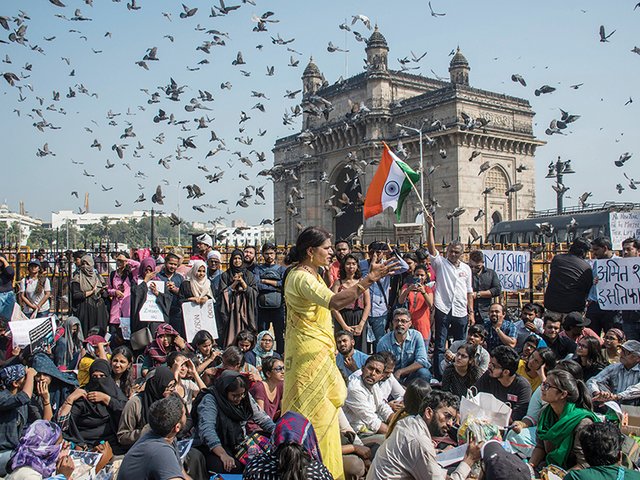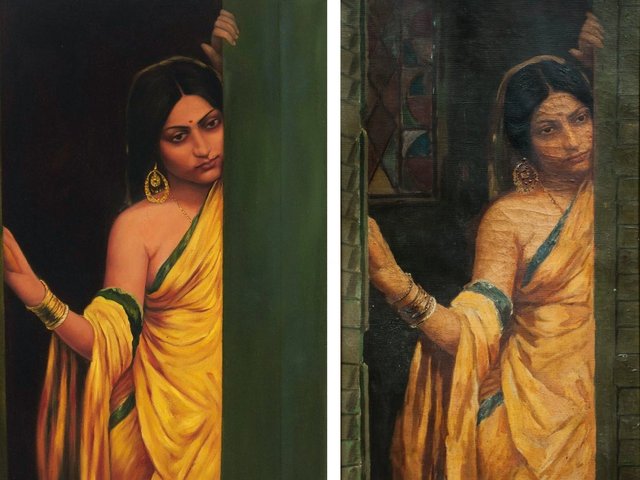The Bombay High Court has prevented Indian customs from destroying a group of works by two of the country’s best-known artists, F. N. Souza and Akbar Padamsee, in an order issued last week. The seven drawings and photographs were seized by customs officials in Mumbai last spring on grounds of “obscenity”, and have been held since.
The Mumbai-based collector Mustafa Karachiwala purchased the works online in 2022 from two London auction houses, for a total of £8,464. From Rosebery’s he bought three works by Padamsee: one charcoal drawing from 1995 and two black and white photographs. Each is titled Nude and depicts a naked woman. And from Lyon & Turnbull he purchased Souza's Erotic Drawings, a folio of four ink on paper works, comprising three pieces titled Lovers (1962-63), which portray couples engaging in sex, and Bound Figure (1962), of a woman in her underwear, tied to a tree.
Souza and Padamsee are among India’s most feted artists. Their works are held in numerous state museums, such as the National Gallery of Modern Art, New Delhi, and they are among the most valuable Indian artists at auction, with Souza’s record set this March by Christie’s New York at $4.8m, for the similarly titled painting The Lovers (1960). Meanwhile Padamsee was granted India’s third highest civilian honour, the Padma Bhushan, in 2010.
Such accomplishments are emphasised by Karachiwala’s lawyers in high court filings, seen by The Art Newspaper. These argue that withholding the works on grounds of obscenity is “illegal”; has been made on the “whims and fancies” of customs officials; lacks “an understanding of art”; was not made in consultation with a third party expert on art; “brushes aside past Supreme Court decisions”; and rests on the flawed logic that “completely nude equals complete obscenity”.
According to the appeal, the works were sent in a single shipment organised by Karachiwala in March 2023. Referencing the titles, their attached invoices contained the words “nude” and “erotic”, alerting Indian customs officials to their content. They were apprehended at the border and later seized, on 20 April 2023, for allegedly violating obscenity laws. Officials later issued Karichiwala with a fine of 50,000 Indian rupees (£458).
An order sent on 1 July from the customs commissioner to Karichiwala, also seen by The Art Newspaper, states that their decision to deem these works “obscene” hinges on the Oxford English Dictionary’s definition of the word: “(Of the portrayal or description of sexual matters) offensive or disgusting by accepted standards of morality and decency.” Such content, including drawings and paintings, is prohibited from import under section 292 of the Indian penal code, the order says.
Even upon further consideration, the level of nudity in these works “should be considered obscene”, the customs order continues. It also dismisses certificates attesting to artistic merits of the works, provided by two reputable commercial galleries—Sakshi in Mumbai and Grosvenor in London—and questions their authority to issue such documents.
The Indian Constitution allows for freedom of expression to be restricted on the grounds of public decency and morality.
This is not the first instance in which artistic depictions of nudity have sparked a legal battle in India. The appeal makes reference to a number of similar cases, including one involving another of the country’s most famous artists, M.F. Husain. In 2006, he faced similar charges of obscenity for his painting of a naked Bharat Mata (Mother India from 2005). The image was considered controversial as this figure, symbolic of the Indian nation, is typically depicted chaste and clothed. The Supreme Court of India refused to entertain a petition seeking to prosecute Husain, holding that the painting was a “work of art".






